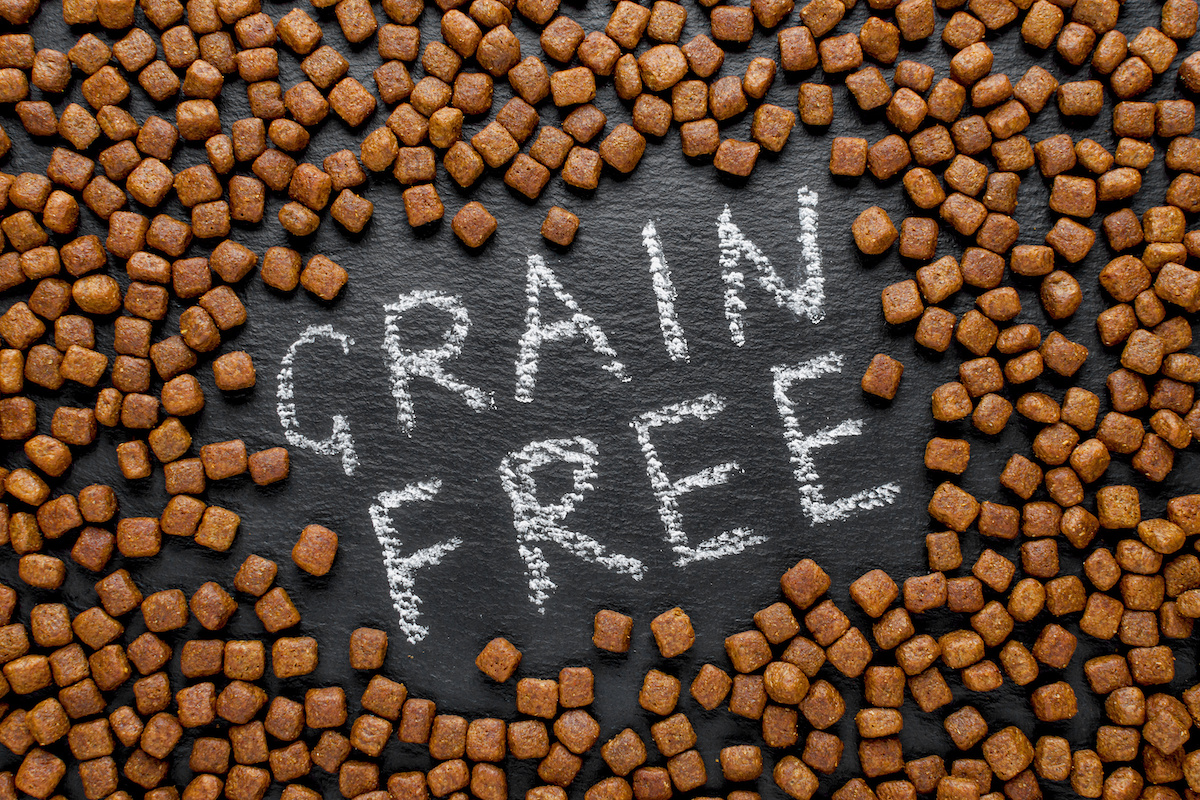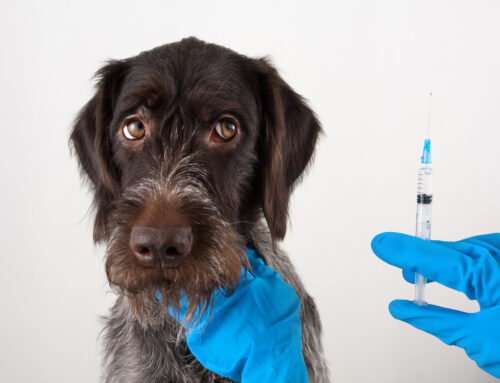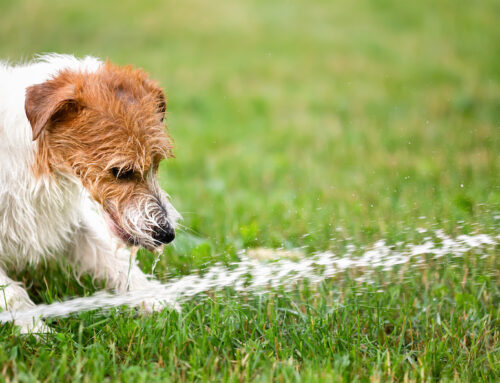Deciding what to feed your pet can be a daunting task. Americans now spend over $31 billion each year on pet food and there are dozens of different companies, each having a variety of diets to choose from. Most pet food companies are experts at advertising and quick to promote “trendy” diets, even if they may not be the best food for your pet.
Here we will take a look at some of the concerns of feeding a grain-free diet.
An Interesting Anomaly After The Rise in Popularity of Grain-Free Dog Food
Over the past couple of years, veterinary cardiologists noticed an increase in the number of dogs they saw who had dilated cardiomyopathy (DCM), a heart condition that decreases the heart’s ability to pump blood. There are some dog breeds that are more likely to develop DCM, but the cardiologists were diagnosing the condition in breeds without a known genetic predisposition, so the Federal Drug Administration (FDA) began an investigation.
When they looked into what these dogs were eating, they found that 90% were on a grain-free food and 93% were on diets that contained peas and/or lentils. The foods were tested for minerals, metals and amino acids, and no significant abnormalities were found. A relationship between grain-free diets and the development of DCM hasn’t been fully proven.
We still don’t know why this is happening, but it appears that DCM is more likely to occur in dogs who are only eating BEG diets. If your dog eats a BEG diet, they should be closely monitored for any signs of heart disease by your veterinarian or even a veterinary cardiologist.
So, Should I Not Feed Grain-Free?
When selecting a diet for your pet, the best advice is to ask your veterinarian. Veterinarians receive training in animal nutrition while in school and at educational conferences throughout their career; they are much better suited to advise you about proper diets than a pet store employee.
It is worth noting that there have been no reported cases of dogs developing nutritionally mediated DCM while eating food that meets the World Small Animal Veterinary Association (WSAVA) guidelines, so that is a good place to start.
There’s been a lot of buzz about the FDA’s recently-released Grain-Free Diet Alert, which has left many dog owners concerned about the potential impacts of grain-free foods on their pets’ health.
The alert came after the FDA investigated reports of canine dilated cardiomyopathy (DCM)—essentially an enlarged heart—in dogs eating certain types of dog foods, many of them labeled “grain-free”.
Gluten-free and grain-free diets have become increasingly popular in recent years due to concerns about food allergies or the high amounts of carbohydrates in traditional dog food.
But, since this spike in popularity coincides with a rise in cases of canine dilated cardiomyopathy linked to grain-free foods, many dog owners are at a loss about whether grain-free diets are actually safe.
Out of the 560 dogs diagnosed with DCM, 119 of them died as a result of DCM. “An enlarged heart is very common in humans,” says Dr. Richard Patton, “but it’s relatively uncommon in dogs, so these numbers do seem concerning. It’s absolutely something we should keep an open mind about and keep investigating.” Why would a grain-free diet contribute to DCM? It might not be as simple as grain-free or not grain-free.
The Grains, or Lack of Grains, Might Not Be The Issue
The number of other ingredients of concern complicates the issue when it comes to grain-free dog food. The findings of scientists show high instances of DCM cases reported in foods with ingredients such as peas, lentils, and sweet potatoes. And, to complicate the situation, even more, some brands were reported more frequently than others, and some dog breeds also had more cases reported than others.
But, as Dr. Patton shares, we should consider how these foods impact our dogs’ health, and we shouldn’t limit our concerns to the risk of DCM. There are other problems that can result from some dog foods that have been labeled “grain-free”.
“Grain-free” doesn’t mean low-carbohydrates or all meat. “Grain-free” has become a label that we tend to associate with “healthy” or “high quality.” Dog food that’s free of grains can be a healthy choice for your dog but, not if they’ve replaced the grains with tons of other carbohydrate sources.
So, the problem with ‘grain-free’ foods with these ingredients isn’t just about the risk of DCM, it’s about excess soluble carbohydrates. These excess soluble carbohydrates can lead to several problems in dogs. While your dog needs carbohydrates to produce energy, too many of them can contribute to obesity, the wrong bacteria in the gut, and a lack of energy.
Learn more about the impact of excess soluble carbohydrates on your dog’s health here.
Raw Might Be Better Than Grain-Free If You Want to Break Away From Traditional Dog Food
Raw dog food is naturally grain-free rather than modified to exclude grains. As Dr. Patton notes, “raw food isn’t grain-free in the sense that grain-free traditional kibble is. It’s grain-free because the only ingredients are what nature intended—meat, vital organs, and bones, which means more protein and fewer soluble carbohydrates.”
Raw dog food products aren’t just grain-free, but they’re also free of any of the other ingredients that could potentially cause problems.
So, should you choose grain-free? It all comes down to what “grain-free” means in terms of the food and, of course, what’s best for your pet. Contact your veterinarian with any questions or concerns about your pet’s diet.






